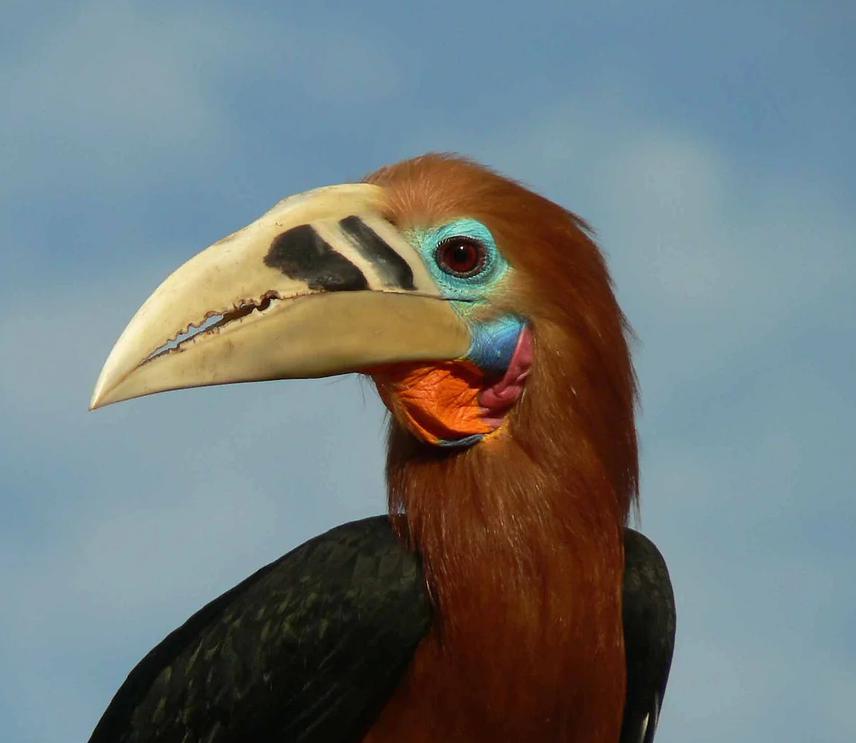Rohit Naniwadekar
Other projects
29 Nov 2011
Impact of Hunting on Seed Dispersal and Recruitment in Tropical Forests of North-East India
This project aims to understand the patterns of distribution of five hornbill species and relative influences of hunting and habitat degradation on hornbills in the state of Arunachal Pradesh.

Rufous-necked Hornbill.
The state of Arunachal Pradesh in northeast India is part of the Eastern Himalayan Biodiversity Hotspot and is home to five species of hornbills including the globally endangered Rufous-necked hornbill (Aceros nipalensis) and the near threatened Brown hornbill (Anorrhinus austeni). With more than 80% of its geographic area under forest cover, Arunachal Pradesh is one of the important states for hornbill conservation in India. However, all the species of hornbills face significant but varying levels of threats from hunting and habitat degradation/loss.
There are 26 different tribes in the state and most of them attribute differential values to different hornbill body parts including the beak, meat, feathers (mostly tail and on occasions primary feathers of the wing) and fat. In various sites, excessive hunting has resulted in local extinction of species like the Great hornbill which is the most preferred by many tribes for its beak, tail feathers and fat. Also the rapidly expanding population has exerted tremendous pressure on the forests either in the form of clearance for cultivation or logging. Previous research has generated ecological (feeding, breeding, roosting) information on three species and qualitative information on status in some areas. However, quantitative data on the current distribution of the five hornbill species would help determine their status in PAs and identify crucial areas for hornbill conservation outside PAs. The relative impacts of hunting and habitat degradation/loss in determining hornbill presence are still poorly understood.
This work will determine the current status and distribution of hornbills and relative impacts of hunting by different tribes (who attribute different values to hornbills) and habitat degradation/loss on hornbill presence. This work will identify critical areas, and provide information that will be useful for long-term conservation of hornbills in the state.